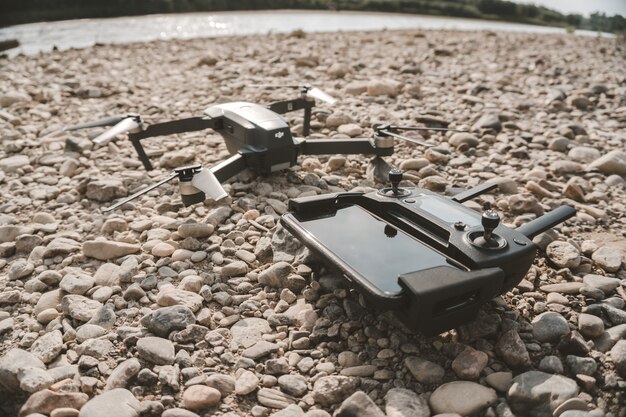
Sponsored article
As drones continue to proliferate across skies worldwide, the need for efficient and reliable solutions to counter unauthorized drone activity has become increasingly important. Handheld anti-drone technology emerges as a versatile tool in this endeavor, offering innovative methods to detect, track, and neutralize drones that pose risks to security, privacy, and safety. This article delves into the dynamics of these cutting-edge devices and explores their burgeoning role in safeguarding protected spaces.
In recent years, the prevalence of drone threats has surged, becoming a significant concern for both public and private sectors. These unauthorized drones pose a variety of risks, including breaches of privacy, potential disruptions to critical infrastructure, and even threats to public safety. As drones become more accessible and affordable, incidents involving these devices have increased dramatically. Reports highlight cases where drones have been used for illegal surveillance, smuggling, and even as potential weapons. This alarming trend underscores the urgent need for robust solutions to maintain airspace safety and protect against the unauthorized use of drones.
To address these growing threats, the development and deployment of effective countermeasures is crucial. Among these solutions, portable drone jamming devices have emerged as vital tools in safeguarding sensitive areas from illegal drone activities. These devices are essential for both individuals and organizations needing to protect against intrusions. Their capability to disrupt the communication and navigation systems of unauthorized drones ensures they are an invaluable asset in preserving secure airspace environments. By leveraging these advanced technologies, we can effectively combat the rising challenges posed by drones and enhance overall security.
Handheld anti-drone technology represents a significant advancement in the field of security, offering a portable solution to the growing challenge of unmanned aerial vehicle (UAV) threats. These devices utilize sophisticated sensors and software algorithms for effective drone detection, allowing operators to quickly identify unauthorized drones in the vicinity. Typically, the system operates by utilizing RF (radio frequency) scanning to detect the specific frequencies used by drones for communication between their controllers and the UAV itself. Once a drone is detected, the handheld device can deploy various countermeasures to neutralize the threat, ensuring airspace control remains uncompromised.
The mechanisms employed in these handheld devices are varied and depend on the specific model and intended use. Most commonly, anti-drone technology uses:
By integrating these methods, handheld anti-drone devices offer a comprehensive approach to countering illicit drone activities, providing critical tools for security personnel to maintain safety and privacy in sensitive areas.
Handheld anti-drone technology has emerged as a pivotal tool in enhancing security measures across various sectors, particularly in the field of security sectors and privacy protection. By equipping security personnel with portable solutions, these devices enable the rapid identification and neutralization of unauthorized drones, mitigating potential threats effectively. This advancement is crucial in sensitive areas such as corporate facilities, government buildings, and private events, where the presence of unauthorized drones can pose significant risks. The portability and ease of use of handheld devices make them an indispensable asset for on-the-ground teams, delivering swift and precise drone mitigation capabilities.
Beyond traditional security sectors, handheld anti-drone technology offers substantial benefits in safeguarding privacy and preventing unwanted surveillance. In urban environments and residential areas, the ability to thwart intrusive drones helps maintain personal and organizational privacy, ensuring that airspace is secure from unwarranted eyes. By combining advanced detection systems with user-friendly interfaces, these tools empower users to not only protect sensitive information but also preserve peace of mind. As a versatile component in comprehensive drone mitigation strategies, handheld anti-drone solutions deliver unparalleled efficiency and adaptability, making them a cornerstone in modern anti-drone defense operations.